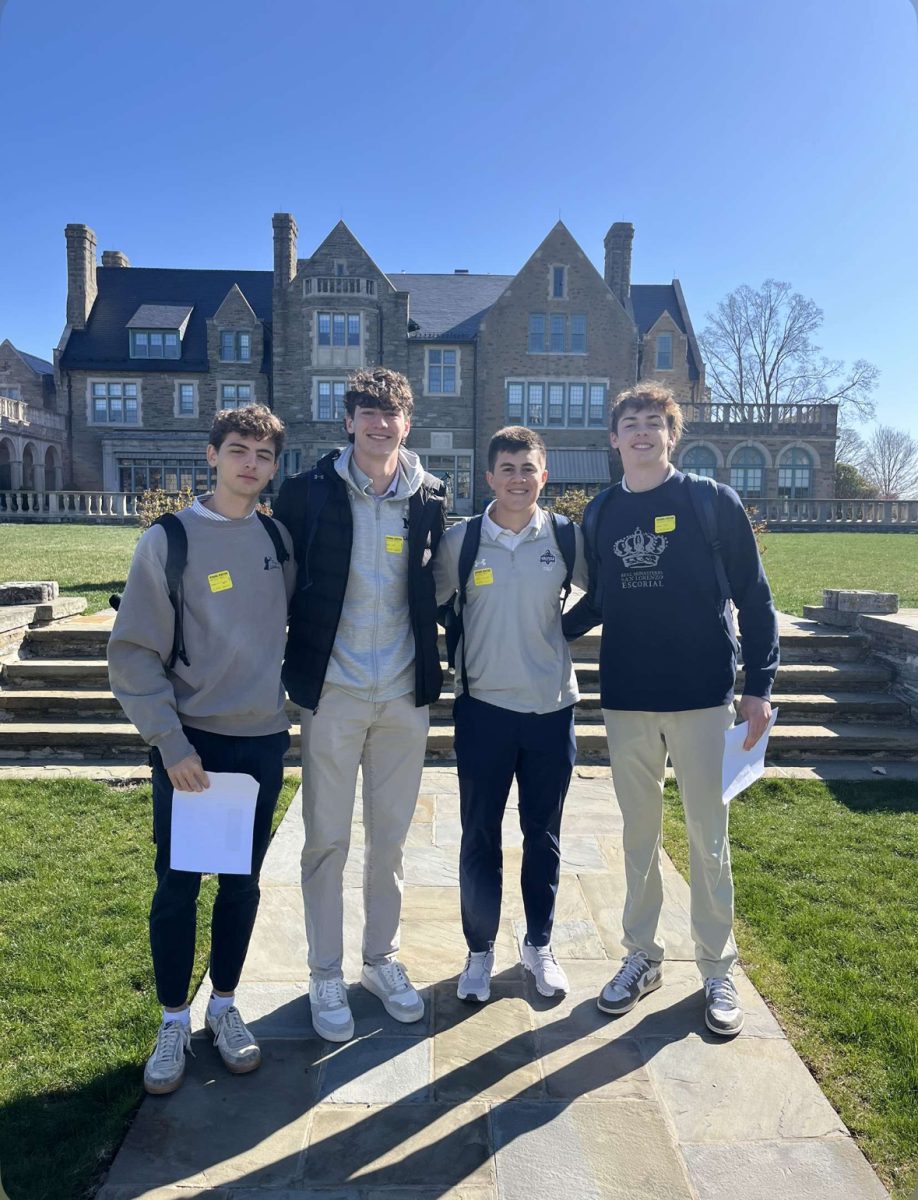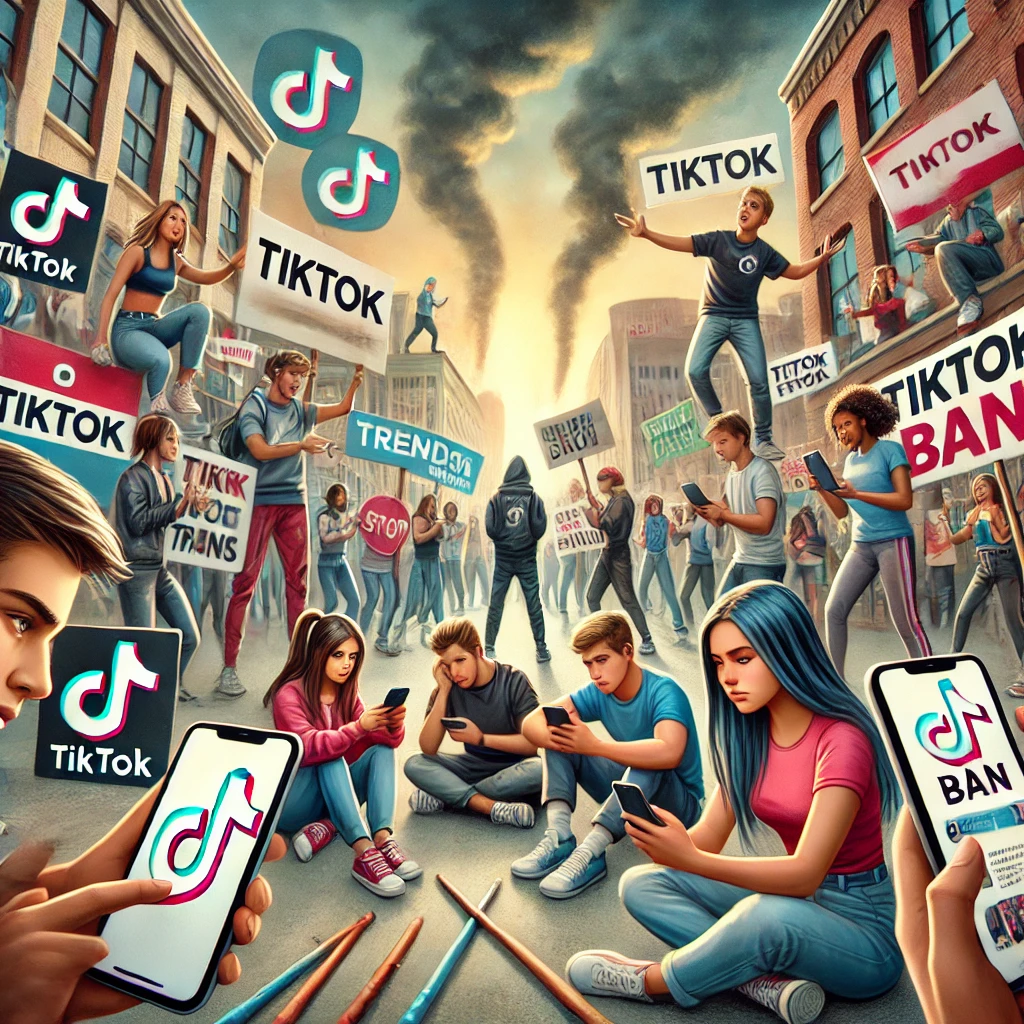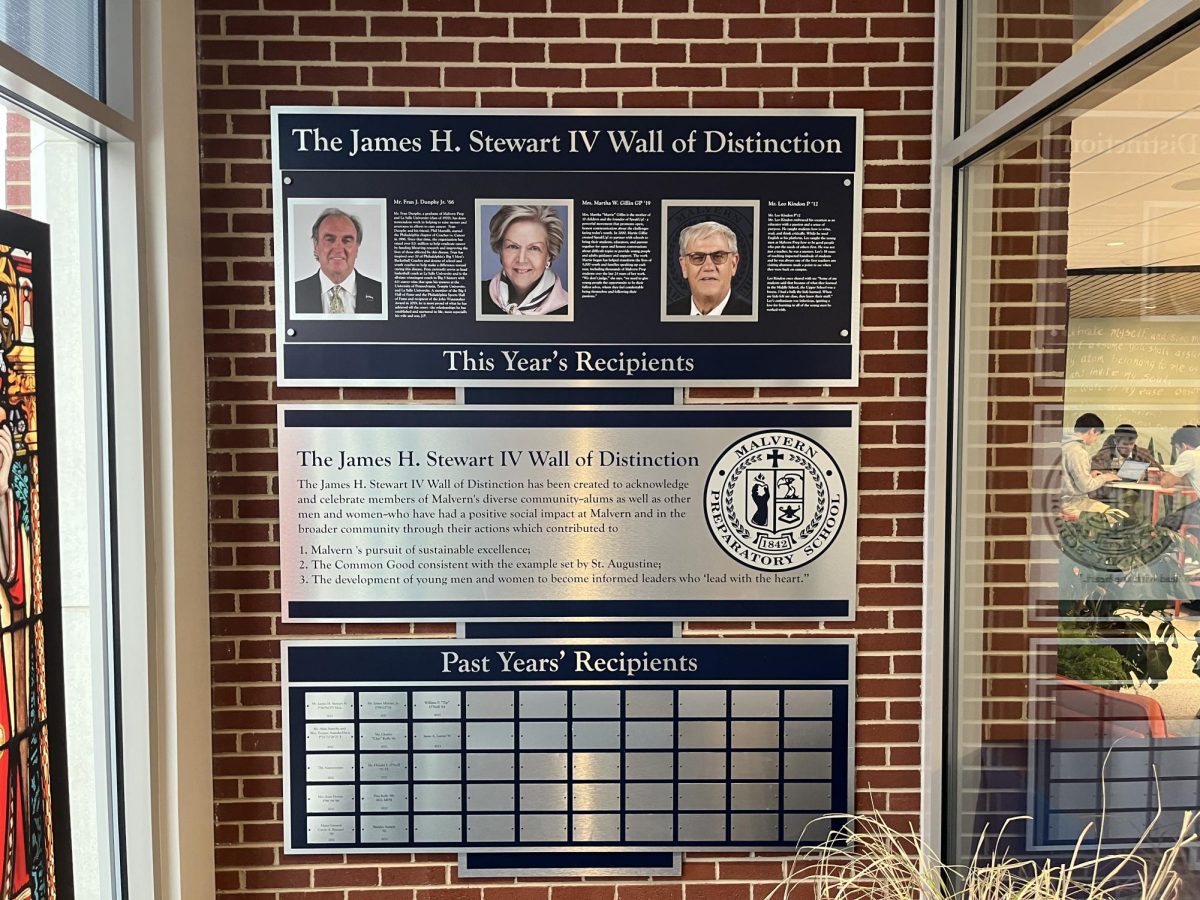
With the 2016 election coming to a wrap this November, there is a lot to talk about when it comes to an election like this. Malvern students will be experiencing this election in their classes as teachers bring up the issues in discussions and activities.
Some teachers have already started their coverage of the election where some plan to wait until closer to the actual date of the election, November 8.[perfectpullquote align=”right” cite=”” link=”” color=”” class=”” size=””]“This is the best time to take an economics course: during an election year.”
-Mr. John Ostick[/perfectpullquote]
One teacher who has already started covering the election is economics teacher Mr. John Ostick. In his classes at Malvern as well as at his classes at St. Joe’s University he had a mock election where his students voted for one of the two candidates. Freshman social studies teacher Mrs. Pamela Whitney did a similar activity in her Global Perspectives classes.
Whitney said, “We did an activity where everyone had to stand up, one side was Hillary Clinton and the other side was Donald Trump, and I asked questions to see what they know about the candidates,” Whitney said. “Some classes knew a lot and some didn’t, but they definitely, from that activity, learned what they didn’t know. And then I asked at the very end who they would vote for.”
As far as the results of the elections in Ostick and Whitney’s classes go, Donald Trump was clear winner in the majority of the classes. However, in one of Whitney’s classes there was a clear tie.
“I have four classes, three of them Trump won, one class it was a tie,” she said. “I just had the main two, but you could stay in the middle and not vote for either of them, I had maybe like two per class in the middle. Usually one Hillary in each class, and that one was a definite tie, they went to both sides.”
Ostick had very similar results with his Malvern students voting for the candidates. In his four classes Donald Trump won easily every time with only three or four votes for Hillary Clinton versus Trump’s twenty plus.
Ostick also teaches an economics class at St. Joe’s University where his results were very different.
“I had a class of 42 students do the same survey the other night, and you notice it’s almost fifty fifty, Hillary vs Donald,” Ostick said.
Ostick cited increased diversity from his Malvern classes to his college class as a factor in the results.
“This one here which is about fifty percent male and fifty percent female coming in from really diversified backgrounds,” Ostick said. “Notice the college viewpoint, it’s a little more broad base because of the diversity of the class that makes it up, I think that’s the reason.”
The results from his Malvern classes were not a surprise to Ostick.
“Obviously most people get their viewpoints about things from their environment, from their school community, from their parents, from their grandparents, from whatever their religion is,” Ostick said. “So Malvern prep being predominantly economically well, groups of people with economic well being and being all boys and such it appears to have a more Catholic more conservative point these results kind of show that.”
Because of the added diversity, Ostick thinks his college class will be a better representation for the actual election.
Some teachers are planning on waiting until the debates and the time right around the election to cover the election, like United States history teacher Mr. Andrew Burke.
“We’re going to look at the map and swing states and we’re going to look at poll projections and look at different paths to victory for each candidate,” Burke said. “We’re also going to be looking at the issues and what resonating with voters, what are the key issues that people are responding to. As we get through the election, we’ll be doing that most Fridays for half of the class.”
As teachers like Burke prepare for what they will do around election times, others like Whitney would love to continue covering the election but are focusing on getting through the material for their courses until the debates are over.
“We’ll do things, talking about the debates and they’ll have assignments to watch them and tune in, but right now we’re kind of doing a pause,” she said.
Ostick plans on focusing a lot of his time on the election as it directly coincides with his subject.
“I’ve been teaching economics for almost 40 years,” he said. “And one of the things I always say to my students on the first day of class, especially this year, is this is the best time to take an economics course: during an election year.”
He plans on splitting his classes into groups and assigning each group one economic issue. They will gather research on the issue and present it to the rest of the class. Outside of the classroom they will have a bulletin board set up where they can share their results with the entire student body.
One thing that is all teachers have in common is that there are rules set in place while doing these activities.
“I think the number one rule in class is and we did talk about this is that if you have an opinion or make a statement you have to be able to back it up,” Burke said. “You can’t throw an accusation at either candidate without having facts to say, ‘Okay, this is why I said what I did.’”
Ostick also stresses the importance of justifying beliefs..
“One of the things that is important is, I didn’t want them to shed it off the block. I asked them to give their reasons for why they would vote the way that they did,” he said.
When discussing the election, he wants his students to focus on policy, not the personalities of the candidates.
“I gave the students a parameter and they kept it somewhat,” Ostick said. “I said, ‘Please steer away from that, I want you to talk about issues, income inequality, jobs, economic growth, those types of things, try to steer away from personality.’”
Whitney took a similar approach and made sure her students learned about the policy and ideas of the candidates. She had her students read an article on the candidates, and she asked them questions to see what they did and didn’t know.
“They definitely from this activity learned what they did not know,” Whitney said.














John King • Sep 30, 2016 at 7:59 am
Nice transitions, bub! Lots of quotes, too! Readers like to learn how the opinions of others compare to their own. Quotes do that well.